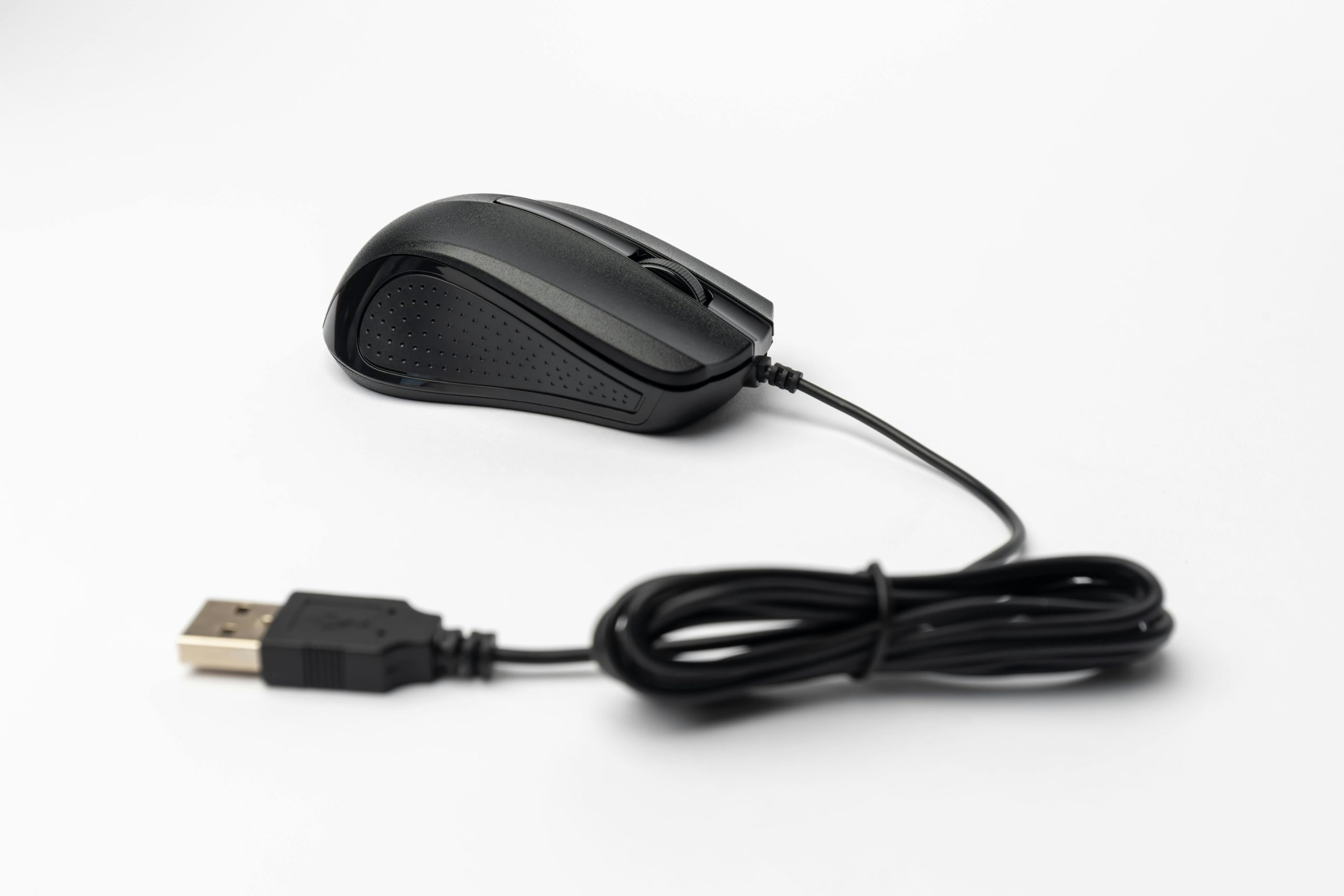Addressing Input Lag Caused by Simultaneous Mouse and Keyboard Usage: Tips for Improving Gaming Performance
If you’ve been experiencing significant input delays during gameplay—particularly when mashing the left mouse button alongside WASD key presses—you’re not alone. Many gamers have encountered issues where their keyboard and mouse inputs interfere with each other, leading to noticeable lag and diminished responsiveness. Understanding the root causes of this problem and exploring potential solutions can help restore smooth, responsive gameplay.
Understanding the Issue
Players using devices such as the Razer BlackWidow V3 Mini Hyperspeed keyboard and Razer Viper 8K gaming mouse have reported experiencing substantial input delays. This problem tends to manifest prominently during intense gaming sessions, especially when rapid, simultaneous inputs are required—like firing repeatedly with the left mouse button while maneuvering with WASD keys in fast-paced shooters like Call of Duty, Fortnite, or Ready or Not.
Potential Causes
Several factors can contribute to input lag issues involving both mouse and keyboard:
- USB Bandwidth Limitations: When multiple high-performance peripherals are connected via USB, the system might struggle to handle concurrent data streams efficiently.
- Polling Rate Conflicts: Disparities in polling rates between devices can cause input conflicts.
- Driver or Firmware Conflicts: Outdated or incompatible device drivers and firmware may lead to suboptimal device performance.
- Software Interference: Background applications or overlays (such as Razer Synapse or other gaming utilities) can sometimes cause input lag.
- Hardware Limitations: Occasionally, hardware-specific issues may cause delayed responses during rapid input sequences.
Strategies for Mitigating Input Lag
-
Update Device Drivers and Firmware:
Ensure that your Razer devices are running the latest firmware and drivers. Visit the manufacturer’s website or use Razer Synapse to check for updates. -
Adjust Polling Rates:
Experiment with different polling rates in your Razer Synapse settings. Sometimes lowering or standardizing polling rates can improve input stability. -
Optimize USB Ports:
Connect your keyboard and mouse directly to high-speed USB ports, preferably on the rear of your PC, to ensure stable bandwidth and reduce potential conflicts. -
Disable Unnecessary Background Applications:
Close any software that might interfere with device performance, especially other peripheral management tools or overlays. -
Configure In-Game Settings:
Many games allow customization of input settings. Adjust sensitivity and input polling options if
Share this content:



